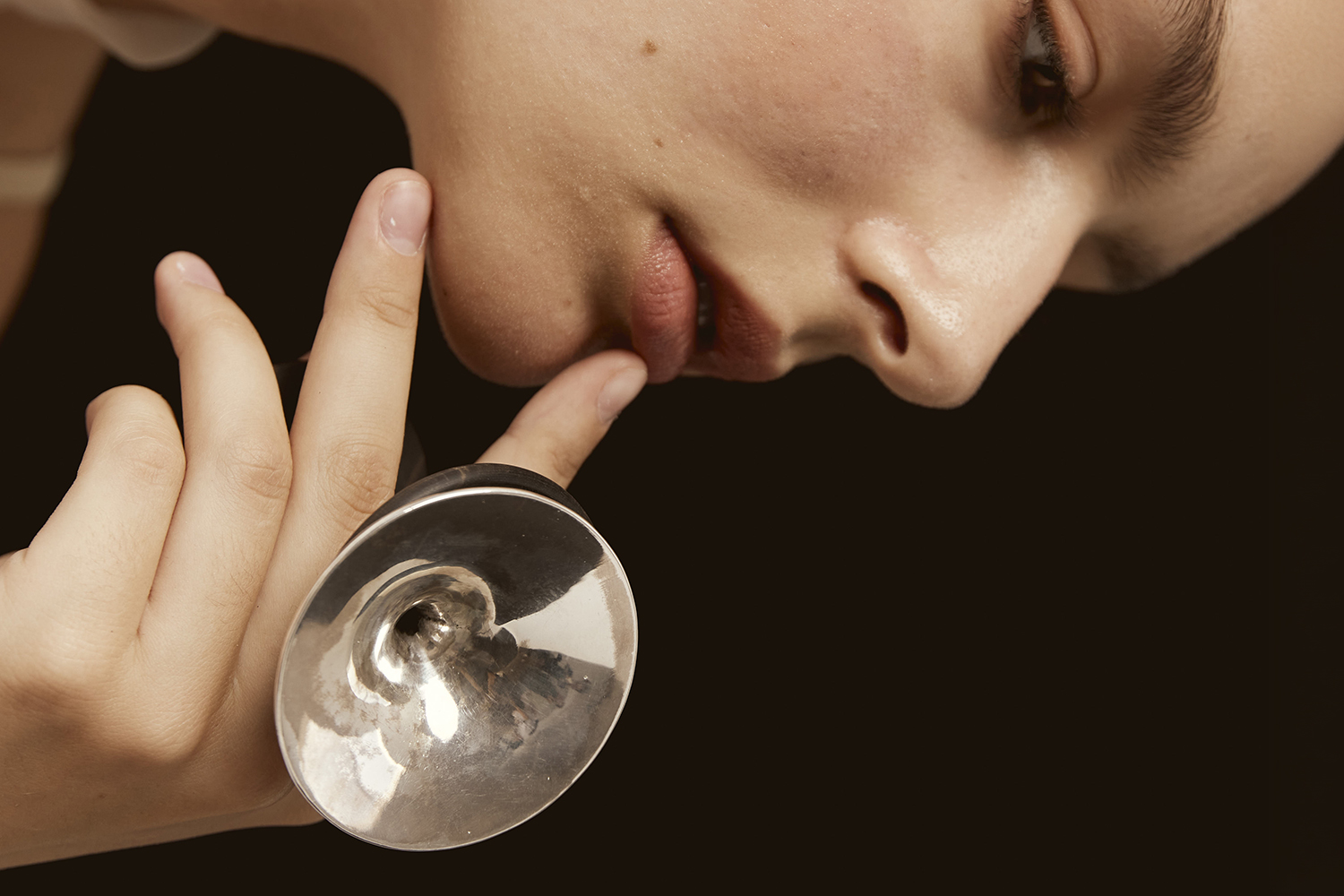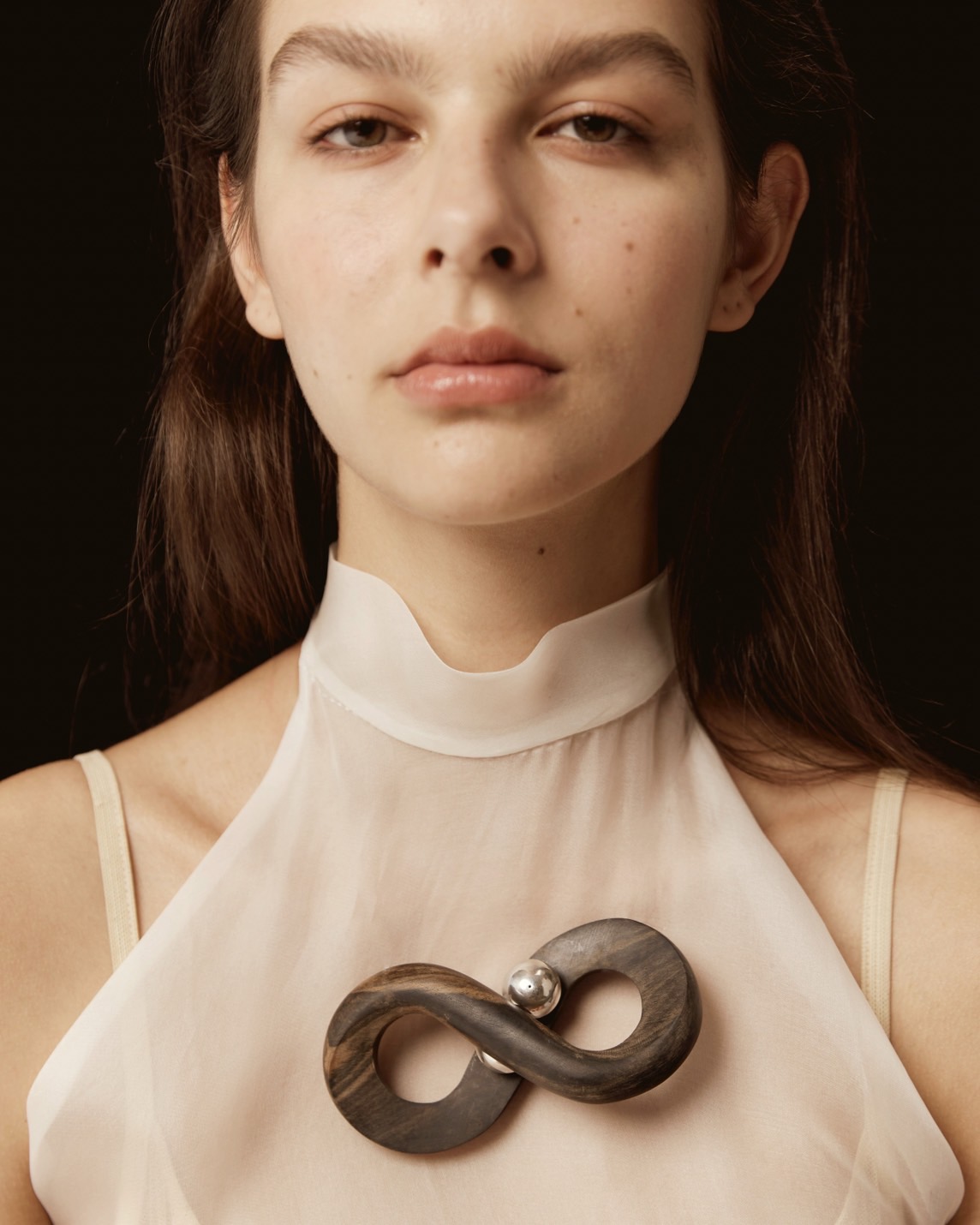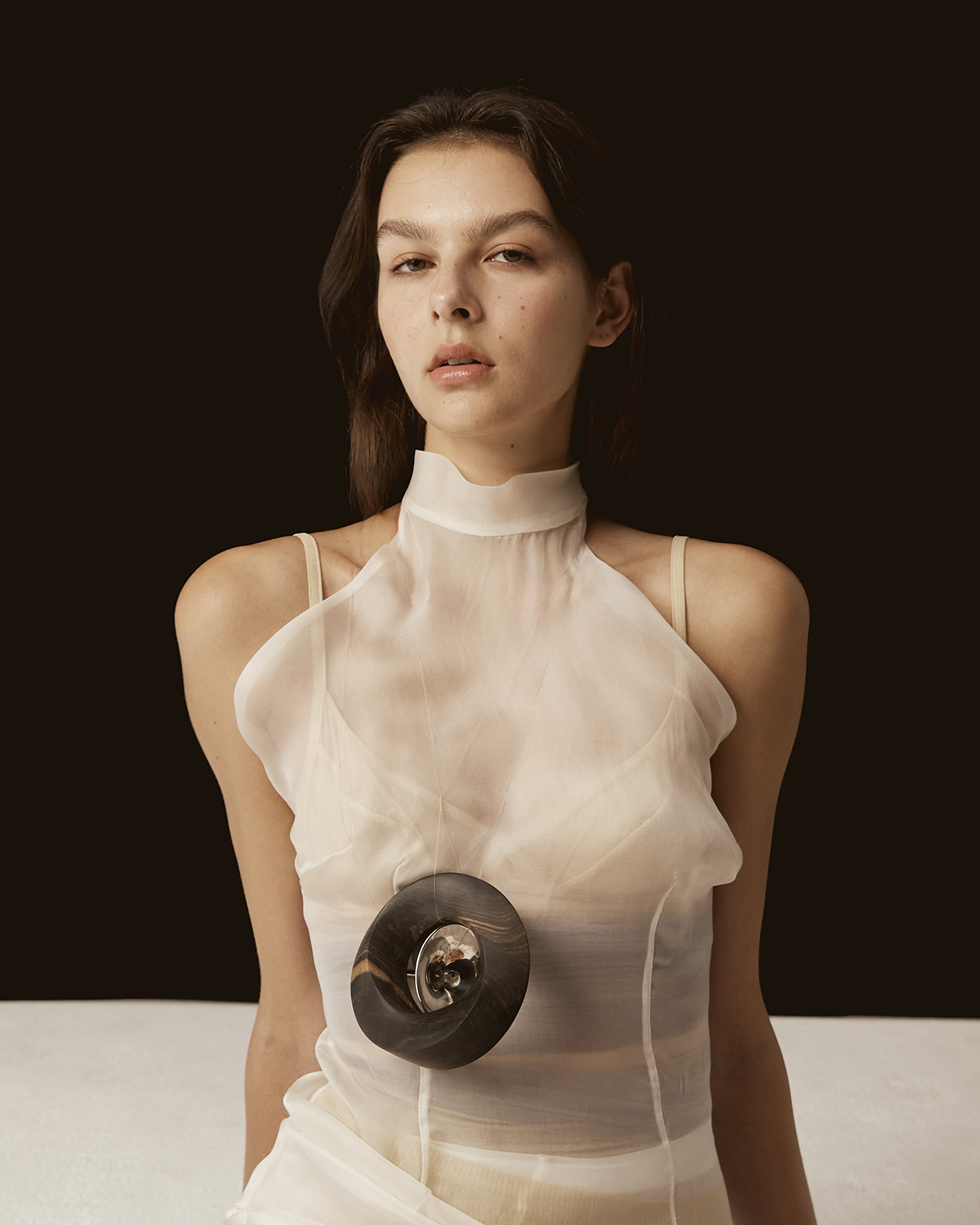SUPAVEE SIRINKRAPORN’S CONTEMPORARY JEWELRY CREATIONS, WHICH REVOLVE AROUND ‘HOLE,’ ARE INFLUENCED BY A RECURRING DESIGN IN ANCIENT JEWELRY FROM THE SUVARNABHUMI REGION, AS WELL AS PHILOSOPHICAL AND SCIENTIFIC THEORY
TEXT: SURAWIT BOONJOO
PHOTO COURTESY OF SUPAVEE SIRINKRAPORN
(For Thai, press here)
The ‘hole’ is an omnipresent detail found in the prehistoric ornamental beads, one of the most common types of jewelry unearthed throughout the ancient Suvarnabhumi region, or present-day Thailand. Such detail forms the nucleus of a research endeavor, ‘The Origins, Development, and Significance of Ornaments in the Suvarnabhumi Region,’ spearheaded by Dr. Putsadee Rodcharoen and Associate Professor Dr. Thanik Lertcharnrit. What started as a scholarly pursuit has blossomed into an innovative adaptation of these ancient bead shapes for modern jewelry design. Titled ‘O’ in Suvarnabhumi, this contemporary jewelry collection is an integral part of the broader initiative ‘Suvarnabhumi Contemporary: Legacy of Ornaments and Prosperity,’ meticulously researched and crafted by Supavee Sirinkraporn. The collection was unveiled at a panel discussion and exhibition, held from May 7-10, 2024 at the SPHERE GALLERY, located within the EMSPHERE Shopping Mall in Bangkok.
“If I were to choose to design contemporary jewelry, I would want the beads to tell different stories, whether they’re clashes of cultures, values, different art forms, or an ideal representational imagery of the jewelry,” Supavee elaborated on the genesis of her contemporary jewelry design project ‘O’ in Suvarnabhumi. She further explained that the design concept was built on two main ideas: exaggerating reality to create a striking, unexpected encounter for the spectator. This initiative took root in the analytical comparison of shapes and sizes derived from the research, revealing that the excavated bead jewelry was predominantly geometric in shape, including circles, cones, and trapezoids. This discovery facilitated a synthesis of circular theory with Carl Jung’s conceptualizations of the ‘hole,’ pondering these forms before the design process commenced. Such contemplations ultimately merged two aesthetic and physical worlds through Albert Einstein’s theory of wormholes, interweaving meanings that resonate both tangibly, as the conical shapes converge, and metaphorically, in bridging the past, present, and future.

This led to the creation of five pieces of contemporary jewelry, comprising two brooches, two pendants, a ring and a bracelet. The designs uniquely blend two materials: teak wood, which conveys tales of the past, life, and tenderness, and silver, which forms the central element of the conical shapes with holes that connect the top and bottom. This silver core not only accentuates the distinctiveness and imparts new meanings to the jewelry but also serves as a pivotal component that holds all parts together. The use of silver, with its shiny surface, emphasizes modernity and futuristic elements in the design. In this collection, only the bracelet is made solely of teak wood. Considering the design philosophy, it can be said that this collection of contemporary jewelry enhances the aesthetic experience between the jewelry and its wearer. It encapsulates two fundamental ideas: the pursuit of truth in visual appearance and the convergence of space and time in reality. The jewelry serves as a vehicle, allowing the wearer to traverse dimensions, either traveling back to the past or stepping forward into the future.
This exquisitely crafted jewelry set, mirrors the average dimensions of beads, a feat achieved through meticulous mathematical calculations. The designs are distinguished by their intricately twisted lines, a direct nod to the complex theory of wormholes. The focal point of each piece—the central hole—is dramatized by conical shapes fashioned from genuine silver, engineered to emphasize these pivotal openings. When in position, these silver cones define the jewelry’s unique aesthetic. Yet, their versatility shines when removed, as they effortlessly transform into one or two distinct pieces of jewelry, or alternatively, evolve into elegant sculptures that can grace any home setting.

It’s fascinating that, on one hand, the contemporary jewelry design project ‘O’ in Suvarnabhumi articulates a narrative steeped in rich historical knowledge and wisdom of the past, simultaneously expressed through the medium of jewelry. Embracing a stark, neutral aesthetic, the pieces present spaces whose sizes defy easy interpretation and whose function remains deliberately unclear, eschewing any prescribed mode of wear. This intentionally ambiguous utility invites a spectrum of interpretations, enriching the dialogue these contemporary artifacts stimulate. “Jewelry should transcend its role as mere adornment for the body. So, if one aspires to create a piece of true value, our creations should allow and encourage wearers to learn something beyond the simple decoration of their own body,” Supavee compellingly concludes.


![ST5_JW [31-03-2024]95467_low res Hole in Suvarnabhumi](https://art4d.com/wp-content/uploads/2024/06/ST5_JW-31-03-202495467_low-res.jpg)
![ST5_JW [31-03-2024]95478_low res Hole in Suvarnabhumi](https://art4d.com/wp-content/uploads/2024/06/ST5_JW-31-03-202495478_low-res.jpg)
![ST6_JW [31-03-2024]95516_low res Hole in Suvarnabhumi](https://art4d.com/wp-content/uploads/2024/06/ST6_JW-31-03-202495516_low-res.jpg)
![ST7_JW [31-03-2024]95575_low res Hole in Suvarnabhumi](https://art4d.com/wp-content/uploads/2024/06/ST7_JW-31-03-202495575_low-res.jpg)

